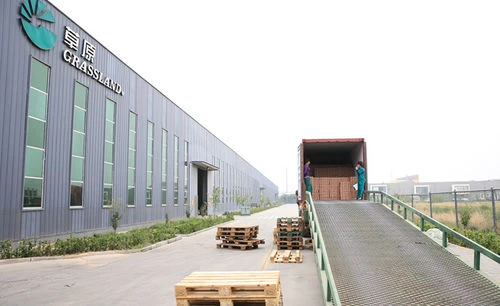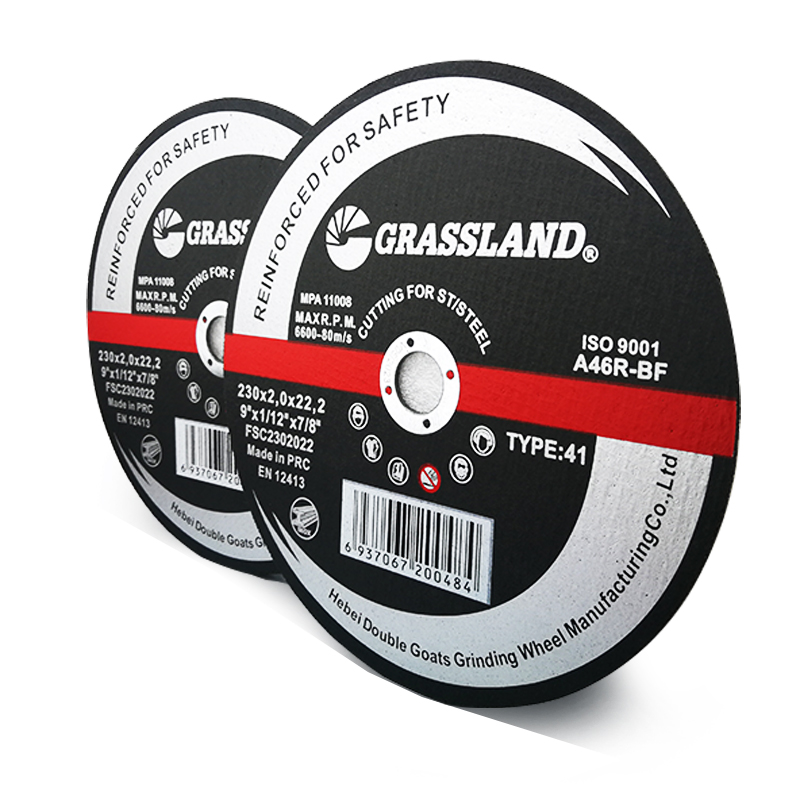Understanding Grinding Wheel Nomenclature
Grinding wheels are an essential tool in machining processes, used for shaping and finishing materials through the abrasive action of their surface. With numerous applications in industries such as manufacturing, metalworking, and woodworking, understanding the nomenclature of grinding wheels is crucial for selecting the right wheel for a specific task. This article aims to break down the components of grinding wheel nomenclature, providing insights that will help users make informed decisions.
What is Grinding Wheel Nomenclature?
Grinding wheel nomenclature refers to the standardized system used to describe the characteristics and specifications of grinding wheels. This system ensures that users can identify the right wheel for their tasks based on various parameters such as type, size, material, and bonding agents. The American National Standards Institute (ANSI) and the International Organization for Standardization (ISO) provide guidelines for this nomenclature, promoting uniformity across the industry.
Key Components of Grinding Wheel Nomenclature
1. Wheel Type Grinding wheels are categorized into different types based on their shape and application. For instance, the most common type is the type 01, which is a flat wheel suitable for surface grinding. Other types include type 05 (cup wheel), type 07 (facing wheel), and type 11 (funnel-shaped wheel). Each type serves specific grinding applications, so selecting the appropriate type is paramount.
2. Diameter and Thickness Grinding wheels are identified by their diameter and thickness. These specifications are crucial since they determine the wheel's speed and surface area. For instance, a wheel with a larger diameter can cover a larger area and may be used for high-volume applications, while a thinner wheel allows for precision in grinding narrow grooves.
grinding wheel nomenclature pdf

3. Abrasive Material The choice of abrasive material is critical, as it directly influences the performance and efficiency of the grinding wheel. Common abrasives include aluminum oxide (A), silicon carbide (C), and cubic boron nitride (CBN). Each material has distinct properties, making it suitable for different applications. For example, aluminum oxide is widely used for grinding ferrous metals, while silicon carbide works better for non-ferrous materials and hard substances.
4. Grain Size Grain size denotes the size of the individual abrasive particles within the wheel. This is indicated using a number system, where a lower number signifies a coarser wheel and a higher number indicates a finer wheel. Coarse wheels remove material quickly but create a rough finish, while finer wheels produce a smoother finish but remove material at a slower rate. Understanding the balance between grain size and desired finish is crucial for effective grinding.
5. Bond Type The bond is the material that holds the abrasive grains together, and it plays a key role in determining the wheel's strength and durability. Common bond types include vitrified (V), resinoid (B), rubber (R), and metal (M). Each bond type has distinct characteristics suited for different applications. For instance, vitrified bonds are known for their rigidity and are often used for precision grinding, while rubber bonds can provide more flexibility in specific applications.
6. Grade The grade of a grinding wheel indicates its hardness or softness, which affects its grinding ability and wear resistance. The grading system typically ranges from A (soft) to Z (hard). A harder wheel may retain its shape longer, making it suitable for heavy-duty applications, while a softer wheel can sharpen more quickly and is ideal for more delicate tasks.
Conclusion
Understanding grinding wheel nomenclature is vital for anyone involved in machining or fabrication processes. By familiarizing themselves with the various components such as wheel type, diameter, abrasive material, grain size, bond type, and grade, users can select the right wheel for their specific applications. Knowledge of these aspects not only enhances productivity but also ensures the quality and precision of the finished product. As technology in grinding processes continues to evolve, staying informed about the latest standards and innovations in grinding wheel nomenclature will be indispensable for achieving optimal results.
Post time:Dec - 01 - 2024

















